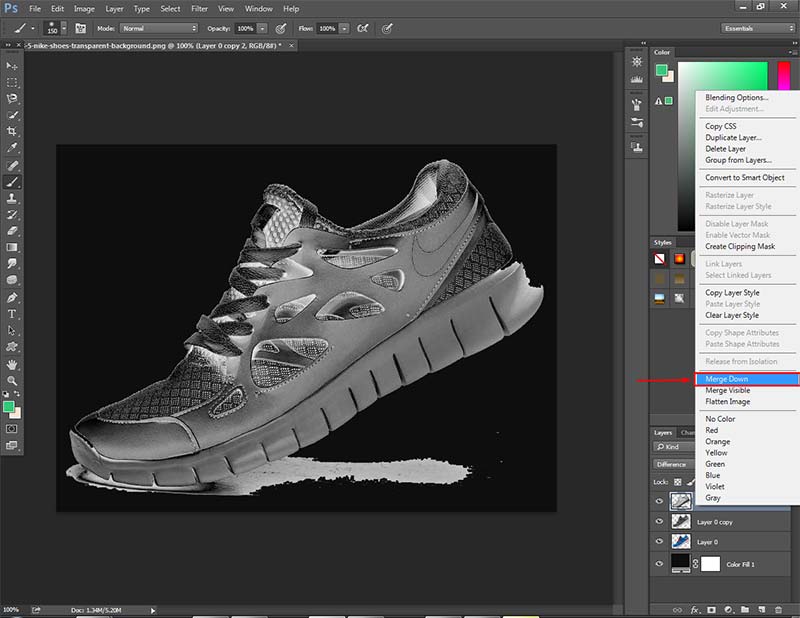
Even experts ask questions.Īnd the #1 most important tip: if something goes wrong in Unity, READ THE CONSOLE!!!īelow is an alternative guide utilizing Pumkin’s Avatar Tools. If you can’t find the answer you’re looking for, post a question! It’s almost certain other people have it too and that someone has the answer. There are many tutorials and answered questions that will help you immensely. If working in Blender, there are many addons (free & paid) that can speed up your workflow!ģrd most important tip: if you are creating something custom, use reference photos! You will not be able to create something in 3D from memory as quickly or as good as you would from a reference photo! There are many subtleties and details you forget!Ģnd most important tip: if there’s something specific you’re trying to do, don’t try to figure it out yourself, look it up! Speaking from experience, you will likely become frustrated and do it in a suboptimal way. This will return the object to XYZ position & rotation to 0,0,0, and the XYZ scale to 1,1,1.Īlternatively you can just reset the position, rotation, or scale individually via the same dropdown. On the transform component of a GameObject, click the (gear on the top right) and click reset.

Hitting the Tab key in a text box jumps to the next text box! Name your files descriptively! You should be able to know what a file contains without having to open it! What’s important is that the organization works for you you can adjust it however you like. I would recommend organizing your textures by type, similar to how they are categorized in texture websites like. Models (if a texture goes with a specific model group the two in the same folder).I would recommend creating a dedicated folder for VRChat project assets, and splitting the assets up by first: Important NotesOrganize your files! It sounds boring but it will save you a ton of headache in the long run! This texture has fallen out of favor in the PBR workflow for the albedo and ambient occlusion texture combination, which allows for more variable shading of a material and better compression when using multiple albedo maps (like for different skins). If a model only has one texture then it would be considered a diffuse texture (you will find this a lot on toon shaded models). This is the texture you would get if you simply took a picture of a surface. You will need a custom shader to apply it, like Poiyomi, or both Silent's photorealistic and toon shaders.Ī base color map with balanced shading (no clearly directional light source). You can generate this map by inverting the normals and baking ambient occlusion. A great example of when to use it is for skin, leaves or cloth. Used for subsurface scattering, to simulate when light passes through a material.

You can find many separate surface imperfection maps.

This is the same character in a different lighting context.
WHEN IPASTE SOMETHING IN PHOTOSHOP NOTHING APPEARS SKIN
The end result, the character now has subtle skin pore detail across her skin, at a much higher resolution than the base Albedo or Normal map layer would have allowed.ĭetail textures can have a subtle but striking effect on the way light hits a surface. We will add skin pores as a detail texture. This character has a skin texture map, but no detail texture yet. In Unity, you can click (the blue book with the ? or the circle with the ? in Unity 2019+) on any component and it will take you to the respective documentation. You do not need to read these but I would recommend doing so if you are stuck or are curious about a certain topic. Topic headers will have links to the official documentation (provided they exist). Especially for VRChat, learning the techniques to make content that both looks appealing and performs well is essential.Įmbedded videos are highly recommended for everyone to watch if not otherwise clearly stated, widgeted videos are provided for those especially interested in a particular section. The goal of this compendium is to congregate the up-to-date tutorials and documentation, along with distilled knowledge to help both those who want to start creating and those who already are. Tutorials are scattered, with many being barebones, outdated or go against best practices (including VRChat’s official documentation). Anyone who’s tried to learn creating content for VRChat understands the lack of collected, concise learning materials.


 0 kommentar(er)
0 kommentar(er)
